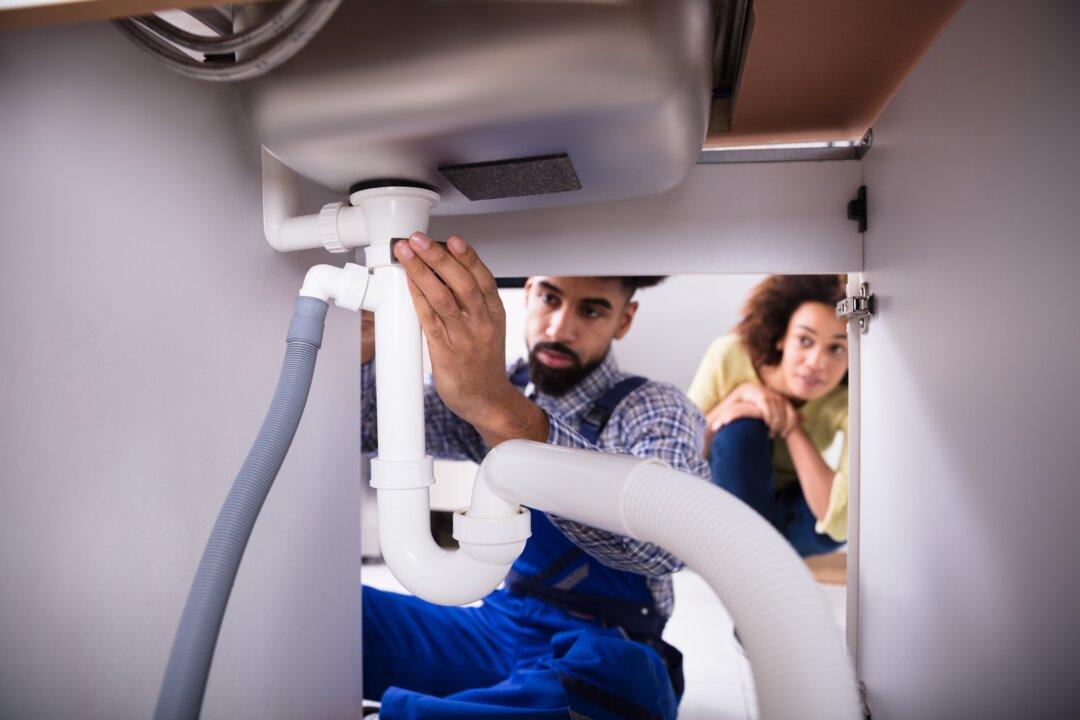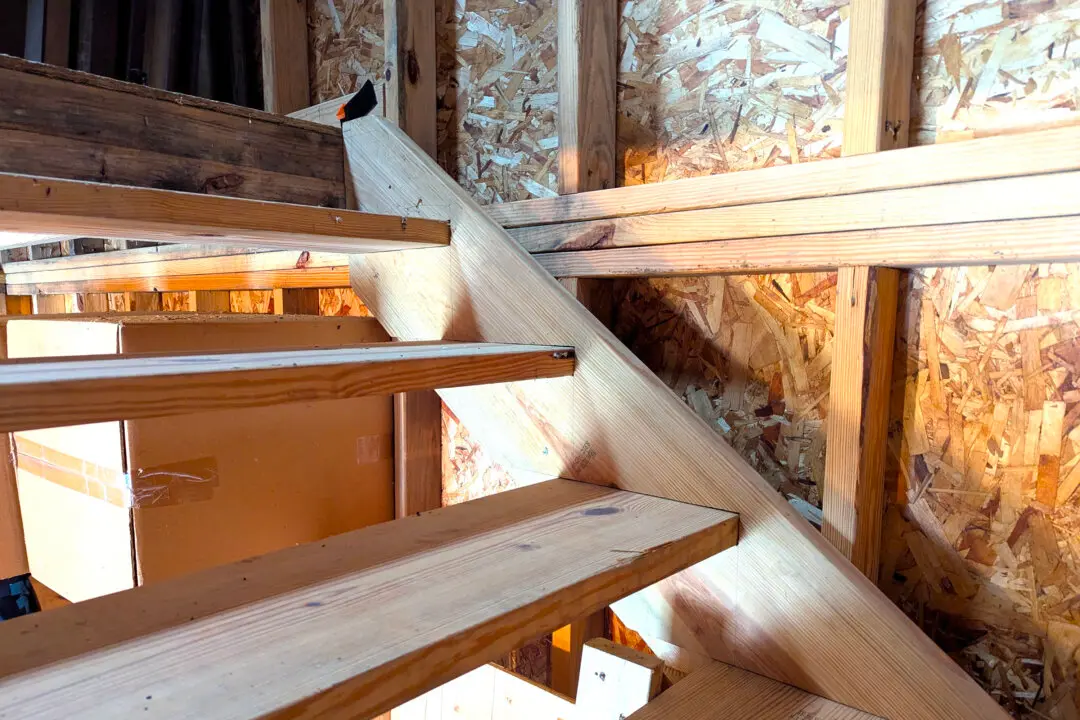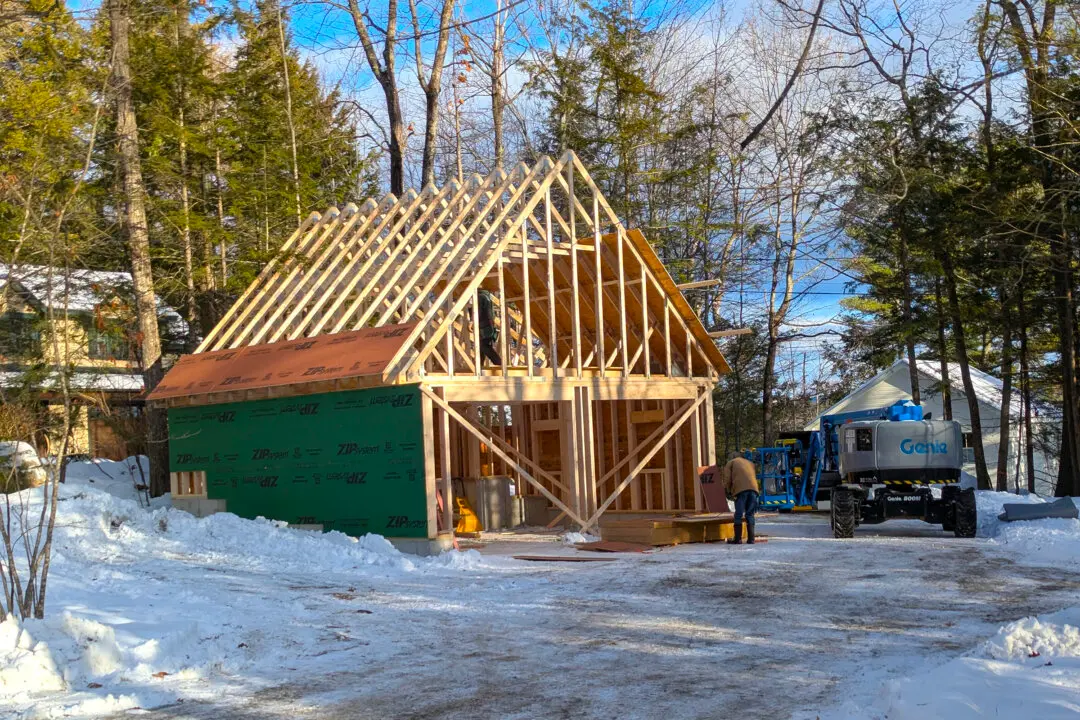I’ve always loved doing plumbing work because it’s a true three-dimensional puzzle.
I’ve been a master plumber since 1981, and I always say if you have a daughter, son or grandchild who wants to have a rewarding career that provides significant income, point them to a trade school that teaches this craft.





